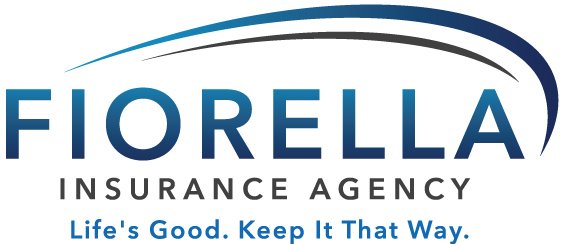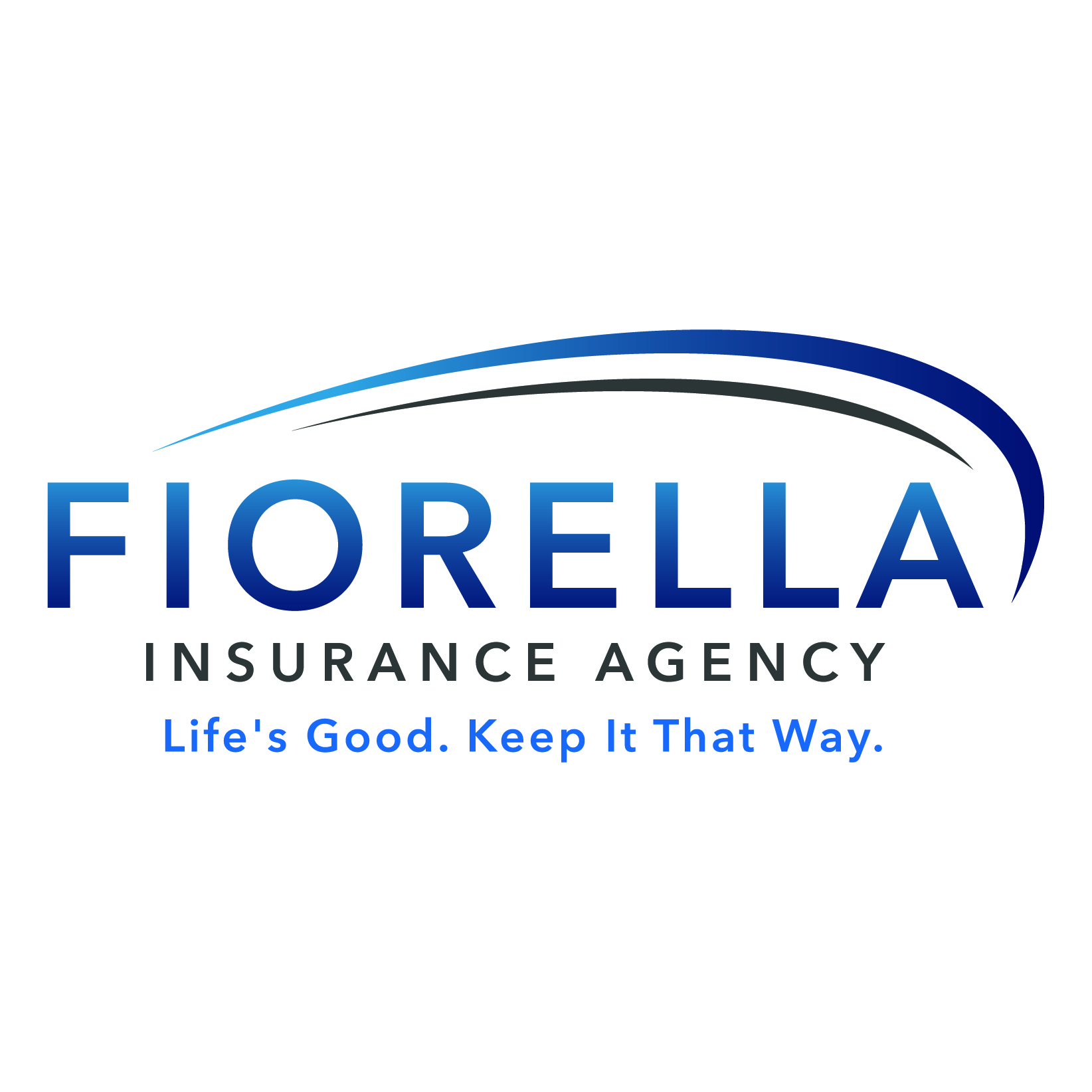When it comes to understanding what are marketplace insurance plans, there’s a wealth of information to explore. The ACA established marketplace insurance plans, providing an essential resource for many seeking coverage. In this blog post, we’ll explore the complexities of what are marketplace insurance plans and provide valuable insights on how they work in relation to ACA.
We’ll begin by discussing the role of ACA in creating these plans and how to compare policies on the public exchange. Next, we’ll cover important aspects such as open enrollment periods, premiums, factors affecting costs, subsidies available for financial assistance, benchmark plan calculations, reporting income changes throughout the year as well as employer-sponsored coverage vs. marketplace insurance.
By gaining a comprehensive understanding of what are marketplace insurance plans and their various components, you can make informed decisions when selecting healthcare coverage that best suits your needs.
Table Of Contents:
- What are Marketplace Insurance Plans
- Public Exchange Platforms for Comparing Various Policies
- The Role of the Affordable Care Act in Establishing Marketplace Insurance
- Open Enrollment Periods
- Premium Factors and Variations
- Subsidies and Financial Assistance
- Understanding Benchmark Plans and Subsidy Calculations
- Income Reporting and Tax Implications
- Employer-Sponsored Coverage vs. Marketplace Insurance
- Conclusion
What are Marketplace Insurance Plans
Marketplace insurance plans, also known as public exchange plans or Obamacare, are health insurance options available to families and individuals who do not have access to affordable employer-sponsored coverage. Established under the Affordable Care Act (ACA), these plans provide a platform for consumers to compare different health insurance policies and choose one that best fits their needs.
Public Exchange Platforms for Comparing Various Policies
To simplify what are marketplace insurance plans, the ACA set up state-run marketplaces where individuals can shop for medical coverage on the web. These platforms enable users to contrast various plan components, including premiums, deductibles, copays, and provider networks. Some states operate their own exchanges while others use the federal marketplace at HealthCare.gov.
The Role of the Affordable Care Act in Establishing Marketplace Insurance
- Mandating Coverage: The ACA requires most Americans to have health insurance or face a tax penalty (although this penalty has been reduced to $0 since 2023).
- Expanding Medicaid: The law expanded eligibility for Medicaid in many states so more low-income individuals could obtain coverage.
- Easing Access: The ACA made it easier for people with pre-existing conditions or those who couldn’t afford coverage through an employer by creating marketplaces where they can find comprehensive policies without being denied due to medical history.
- Safeguarding Consumers: All marketplace plans must cover essential benefits like hospitalization, maternity care, prescription drugs, and mental health services among others ensuring adequate protection against high healthcare costs.
By understanding the basics of what are marketplace insurance plans, families and individuals can make informed decisions about their healthcare coverage options.
Open Enrollment Periods
The open enrollment period for marketplace insurance plans is a crucial time when eligible individuals can sign up for new coverage or make changes to their existing plan. The annual open enrollment period for obtaining or altering marketplace insurance typically takes place from the 1st of November to the 15th of January.

-
Save
Premium Factors and Variations
When it comes to marketplace insurance plans, premiums can vary depending on several factors. Some of the key components impacting premium prices include age, area, earnings level, family size, and tobacco consumption status. It is essential to be aware that these premiums generally increase each year due to inflation and other market forces.Influential Factors Affecting Premium Costs
- Age: Older individuals typically have higher healthcare costs; thus, their premiums tend to be more expensive than those for younger people.
- Location: Healthcare costs differ across states and even within different regions in a state. Geographic area can have a major influence on the price of your premium.
- Income Level & Family Size: Your household income relative to the federal poverty level will impact whether you qualify for subsidies or financial assistance (more on this later).
- Tobacco Use Status: If you are a smoker or use tobacco products regularly, expect higher premium rates as there’s an increased risk of health issues associated with such habits.
Annual Increases Due To Inflation And Market Forces
Apart from the individual factors mentioned above, marketplace insurance plan premiums also rise annually due primarily to inflation and changes in the healthcare industry landscape. According to Cynthia Cox from Kaiser Family Foundation’s ACA program director, premiums are expected to rise by an average of around 4% – 5% nationally.Subsidies and Financial Assistance
The Affordable Care Act (ACA) has made it possible for nearly 13 million people across the United States to receive subsidies that lower their monthly premiums. In addition, individuals may be eligible for assistance with out-of-pocket costs depending on their income in comparison to the yearly HHS poverty guidelines.Types of Financial Aid Available for Lowering Healthcare Costs
- Premium Tax Credits: These tax credits help eligible individuals and families afford health insurance purchased through the marketplace.
- Cost-Sharing Reductions: Cost-sharing reductions reduce out-of-pocket costs like deductibles, coinsurance, and copayments for those who qualify based on income levels.
- Medicaid Expansion: Some states have expanded Medicaid coverage under ACA provisions, providing healthcare access to more low-income residents.
Determining Eligibility Based on Income and Federal Poverty Guidelines
To be eligible for financial assistance in lowering healthcare costs, your household income must fall within a specific range based on the federal poverty level (FPL). For example, if you are applying for premium tax credits or cost-sharing reductions through a marketplace plan:- Your household income should generally be between 100% – 400% of FPL if you reside in a state that did not expand Medicaid.
- In states that expanded Medicaid, your income should be between 138% – 400% of FPL to qualify for premium tax credits.
Understanding Benchmark Plans and Subsidy Calculations
The subsidy you may receive when buying an insurance policy through the marketplace is determined by a variety of elements, such as income level, age, and cost of the second-cheapest “silver” plan accessible in your region. This benchmark plan serves as a reference point for calculating subsidies but does not necessarily dictate which specific policy you must enroll in.Importance of Understanding Benchmark Plans
Benchmark plans play a crucial role in determining how much financial assistance an individual or family can receive to help lower their monthly premium costs. By understanding how these plans work and their impact on subsidy calculations, consumers can make more informed decisions about which marketplace insurance policies best suit their needs and budget.How Subsidy Amounts are Calculated Using These Plans
- Determine household income: Your annual household income should be reported accurately during the signup process to ensure proper calculation of potential subsidies.
- Select benchmark plan: Identify the second-lowest silver plan available within your region – this will serve as the basis for determining maximum subsidy amounts.
- Calculate applicable percentage: Based on federal poverty guidelines set forth annually by HHS (Department Health & Human Services), calculate what percentage of your income should be allocated towards health insurance premiums under ACA regulations.
- Deduct applicable percentage from benchmark premium: Subtracting this calculated figure from the total cost associated with the chosen benchmark policy yields the final subsidy amount that can be applied to any qualifying marketplace coverage option.
Income Reporting and Tax Implications
Accurately reporting your income is crucial when applying for marketplace insurance plans. Doing so ensures that you receive the right amount of subsidies or tax credits, which can help lower your monthly premiums.- Potential consequences of inaccurate information: If your actual earnings end up being higher than what you initially reported, you may receive a reduction in overall aid or even have to repay excess funds back to the federal government during tax filing season.
- Tax implications: When filing your taxes, you’ll need to reconcile any differences between the estimated income used during signup and your actual annual earnings. The IRS provides Form 8962, which is used to calculate and report these adjustments.
- Maintaining eligibility: It’s essential to keep track of changes in household size or income levels throughout the year and promptly update this information with the Marketplace if necessary. This will ensure that you continue receiving appropriate financial assistance while avoiding potential penalties during tax season.
Employer-Sponsored Coverage vs. Marketplace Insurance
When considering your health insurance options, it’s essential to compare both employer-sponsored coverage and marketplace insurance plans. While employer-sponsored plans may have reduced premiums due to your employer’s contributions, marketplace insurance can offer a greater selection of choices and adaptability in picking the plan that is most suitable for you and your financial situation. Moreover, if you qualify for monetary aid based on income levels, opting for a marketplace plan could be more cost-effective.-
Save
Affordability Measures within the Affordable Care Act
- The Affordability Threshold: Under the ACA guidelines, an employer-sponsored plan is considered “affordable” if the employee’s share of premium costs does not exceed 9.61% (in 2023) of their household income.
- The Family Glitch: Unfortunately, this affordability calculation only considers individual employee-only policies and does not take into account family members’ additional costs when enrolled in an employer-based plan. This discrepancy has been dubbed as “the family glitch.”
- Marketplace Subsidies: If your employer-sponsored plan is deemed unaffordable, you may qualify for subsidies or financial assistance when purchasing a marketplace insurance plan. Weighing the benefits and drawbacks of employer-provided health insurance against those from marketplace plans is essential when deciding on a plan, particularly if subsidies or other financial help are available to offset expenses.




